27 OCTOBER 2014
YOUR WORDS
Readers are invited to add their comments to any story. Click on the article to see and add.
BTN DISTRIBUTION
BTN also goes out by email every Sunday night at midnight (UK time). To view this edition click here.
The Business Travel News
PO Box 758
Edgware HA8 4QF
United Kingdom
info@btnews.co.uk
© 2022 Business Travel News Ltd.
Article from BTNews 27 OCTOBER 2014
ON TOUR: Calabria – a pilgrim’s paradise
Sally Gethin reports: Calabria has suffered from a reputation as the poor relative of southern Italy, the last stop on the mainland above Sicily in the “toe”. But Calabria is definitely Italy’s secret treasure.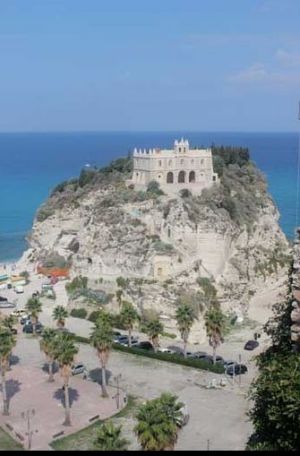 This southernmost part of Italy boasts both stunning natural scenery and religious medieval architecture. Catholic churches ancient and more modern, monasteries and religious sites are testament to the upheavals and tumultuous events that have shaped this most southern part of Italy, the original land of Magna Graecia, from ancient to modern times.
This southernmost part of Italy boasts both stunning natural scenery and religious medieval architecture. Catholic churches ancient and more modern, monasteries and religious sites are testament to the upheavals and tumultuous events that have shaped this most southern part of Italy, the original land of Magna Graecia, from ancient to modern times.
Each of these religious monuments has a unique story to tell, once the visitor enters its portals.
Earlier this month the Calabria region hosted the 9th edition of the Aurea – the Exhibition of Religious Tourism and Protected Areas. This event actively supports tourism by attracting traders, buyers and stakeholders in a series of events and itineraries to show what the region can offer though educational tours.
The showcase event this autumn was held at the prestigious Sanctuary of San Francesco di Paola (CS), and involved the entire region over subsequent days.
Organised by the CEI (Italian Episcopal Conference) and ENIT (National Tourism Agency), its aim was to promote and exploit the immense wealth of Calabria, offering itineraries to discover the valuable historical, artistic and landscape resources that characterise it.
I arrived in Calabria via two Alitalia flights – starting at London City, connecting in Rome arriving at the northern Calabrian airport of Lamezia Terme.
The following day as part of a group I travelled to The Sanctuary for the opening of the Aurea. The Sanctuary is dedicated to San Francesco di Paola, the founder of a special catholic order – 'Ordine dei Minimi'. This incredible building – a monastery lies at the foot of the Calabrian Appenine, close to the historical centre of Paola and surrounded by lush greenery and waterfalls.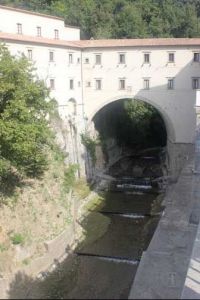
One of the external and eternal splendours of Calabria is its magnificent coast – and off-season this is a treat all by itself. At this time of year the beach towns are less populated and the coastline unadulterated by summer hordes. The weather in October does prove changeable with peaks of summer heat and troughs of mild rain and chill evenings so be prepared for a varying climate.
Tropea is nicknamed the Pearl of the Tyrrhenian Sea – easy to see why with its crystalline shores. Santa Maria island just off the town of Tropea is crowned by the ancient church Santa Maria dell-Isola at its peak – attracting pilgrims down through the ages. The dilapidated church replete with faded frescoes is worn like a dusty discarded crown atop this sudden shoreline peak. The church of Santa Maria has however evaded dereliction, and thanks to new funding has enjoyed a renovation and is now open to visitors after many years of closure.
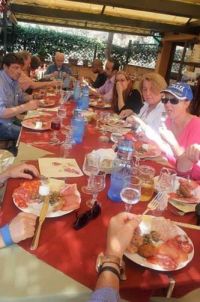
Calabria as a terrain is formed from several hilly and mountainous formations – often covered with dense forests and river valleys. Heading into the hills with their inevitable hillside tunnels and twisting and turning roads yields more historic churches and intriguing towns.
The medieval town of Gerace is perched on a cliff formed of marine fossils. Gerace’s churches are resplendent in the extravagant relics and furnishings left by the nobility in generations dating back to the seventh century, the middle of the Byzantine period. The medieval town seems to have changed little over the centuries with its network of courtyards.
One of the stranger experiences to be had in Calabria is the ghost town of Pentedattilo – the Five Fingers – named after the strange rock formation in which it is embedded. It suffered a massive earthquake in the late 18th century. Its steep and hazardous location isolated it from modern technologies. Finally, abandoned by all the inhabitants in the 1970s, due to the lack of electricity and utilities to keep it up to modern standards, this town has become a crumbling edifice – the only relic to maintain its structure is the church – itself looted over recent years as it lay dormant to the elements. Pentedattilo has a dark and bloody past, including the "Massacre of the Alberti", an internecine feud linked to the presiding and rival families of the Alberti family and Baron Abenavoli.
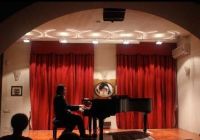
I stayed in the sumptuous Altafiumara Resort Spa, a short drive from Reggio with spectacular views over the hills and sea. Even though it was already autumn, this southernmost tip of Italy seemed to be in the full youth of spring – showering cascades of colourful flora and fauna fringing the cliffs and beaches. The nearby airport at Reggio Calabria affords a quick and convenient connection back to Rome, reality and the rest of the world.
Photos also by Sally www.gethinsinflight.com
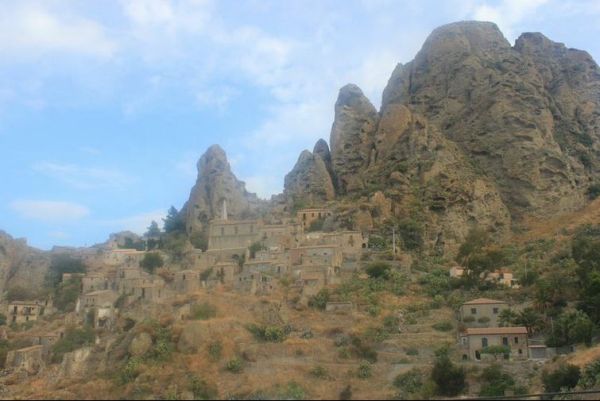
OUR READERS' FINEST WORDS (All times and dates are GMT)
All comments are filtered to exclude any excesses but the Editor does not have to agree with what is being said. 100 words maximum
